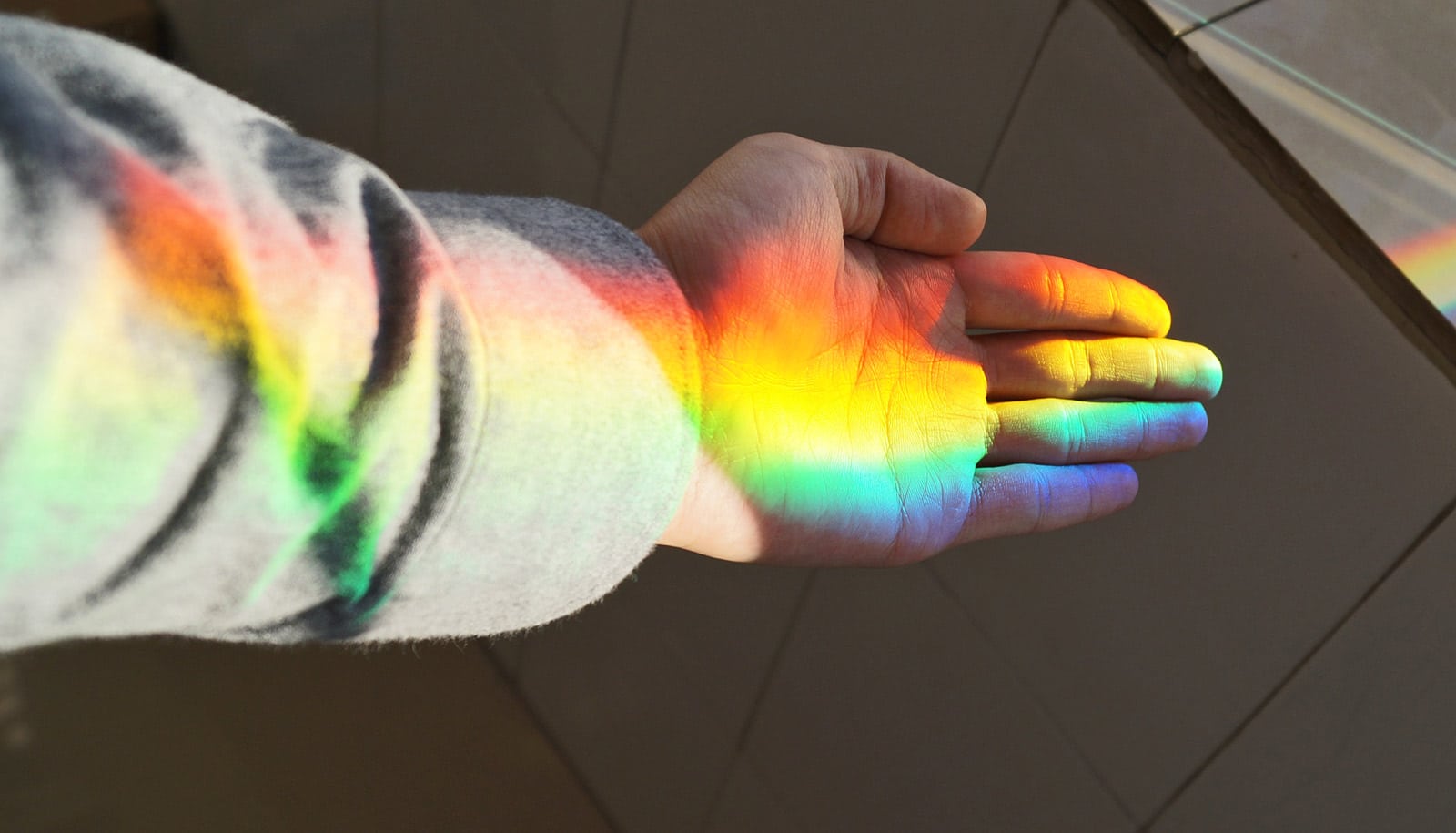Women in science are less likely than their male counterparts to receive authorship credit for their work, a study shows.
Researchers used a large set of administrative data from universities that revealed exactly who was involved with and paid on various research projects.
They linked the data to authorship information on patents and articles published in scientific journals to see which people who worked on individual projects received credit in the patents and journals and who did not.
The results, published in the journal Nature, show that women who worked on a research project were 13% less likely to be named as authors in related scientific articles compared to their male colleagues.
“There is a clear gap between the rate at which women and men are named as coauthors on publications,” says Julia Lane, a coauthor of the study and a professor at New York University. “The gap is strong, persistent, and independent of the research field.”
And there was another, even larger, gap.
Women are not nearly as likely as men to be named on patents related to projects that they both worked on. Even controlling for all factors, the gap was 59%.
Women are less likely to get credit
The administrative data that were key to this study came from the UMETRICS dataset available through the Institute for Research on Innovation and Science, which contains detailed information on sponsored research projects for 52 colleges and universities from 2013 to 2016.
It included information on 128,859 people who worked on 9,778 research teams, including faculty members, graduate students, postdoctoral researchers, research staff, and undergraduates.
“We have known for a long time that women publish and patent at a lower rate than men,” says Lane, a professor at NYU Wagner and the NYU Center for Urban Science and Progress. “But because previous data never showed who participated in research, no one knew why. There were anecdotes—like that of Rosalind Franklin, who was denied authorship in a famous Nature article by James Watson and Francis Crick despite correctly demonstrating the double helix structure of DNA—but there was no evidence.”
This study shows that at every position level, women were less likely than men to get credit. The gap was particularly evident at earlier stages of their careers. For example, only 15 out of 100 female graduate students were ever named as an author on a document, compared with 21 out of 100 male graduate students.
In addition, in all scientific fields, women were less likely to get credit: from ones where they are the majority (such as health) to those where they are the minority (such as engineering).
Results showed that women were even less likely to be listed as an author on what scientists consider “high-impact” articles.
“This is consistent with the Rosalind Franklin anecdote,” Lane says. “The gap in attribution will have clear negative effects on the career prospects for women in science. I fear that it will deter young women from pursuing science as a career.”
A complementary source of data for the study reinforced the results. A survey of over 2,400 scientists revealed that women and other historically marginalized groups must often put in significantly more effort to get recognition for their scientific contributions. Respondents to the survey noted that “Being a woman [means] that quite often you contribute in one way or another to science but unless you shout or make a strong point, our contributions are often underestimated.” Multiple respondents mentioned that lack of voice could disproportionately affect women, minorities, and foreign-born scientists.
The survey results showed that 43% of women said they had been excluded from a scientific paper to which they had contributed, compared to 38% of men. Women were also more likely than men to report that others underestimated their contributions and that they faced discrimination, stereotyping, and bias.
Look at what’s unseen
The paper showcases a new data infrastructure that can provide insights into the organization of science and could inform evidence-based policies to increase diversity in science.
The infrastructure that the research team developed could enable new insights into the organization of science by capturing the contributions of those who are often unseen—particularly more junior researchers. The work is in the scientific tradition of the study of survivorship bias—made famous by a statistician’s outside-the-box realization that military analysts should use the unseen data—planes that did not return from combat, rather than those that did, to fully understand why planes crashed. Lane and her colleagues have shown how new data on previously unseen contributors can be used to identify the scientists who are not visible on published works to document systematic differences in attribution.
Additional coauthors contributed from Northeastern University, the Wharton School at the University of Pennsylvania, the Questrom School of Business at Boston University, and Ohio State University.
The NYU work on the study had support from the National Science Foundation, the Alfred P. Sloan Foundation, Schmidt Futures, and the Patrick J. McGovern Foundation.
Source: NYU



